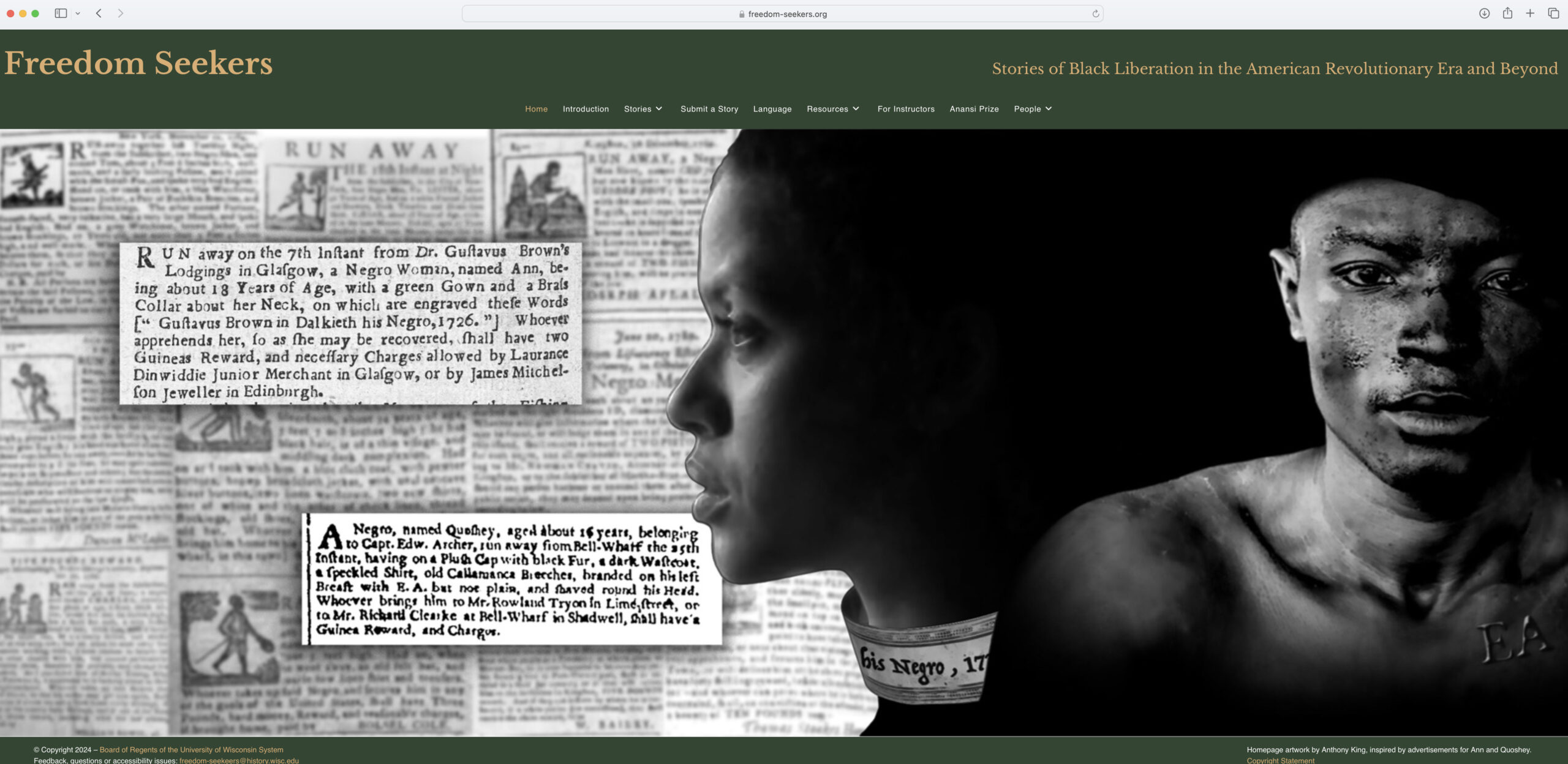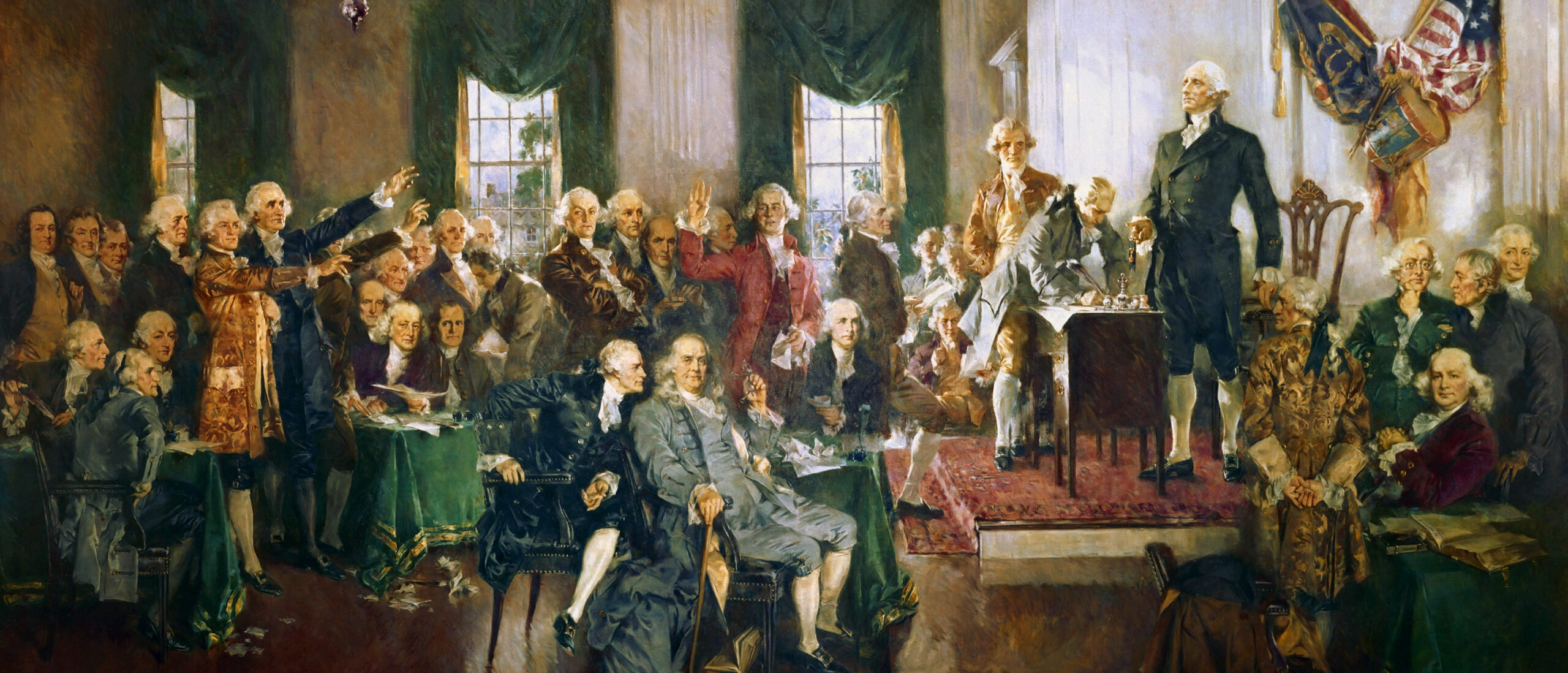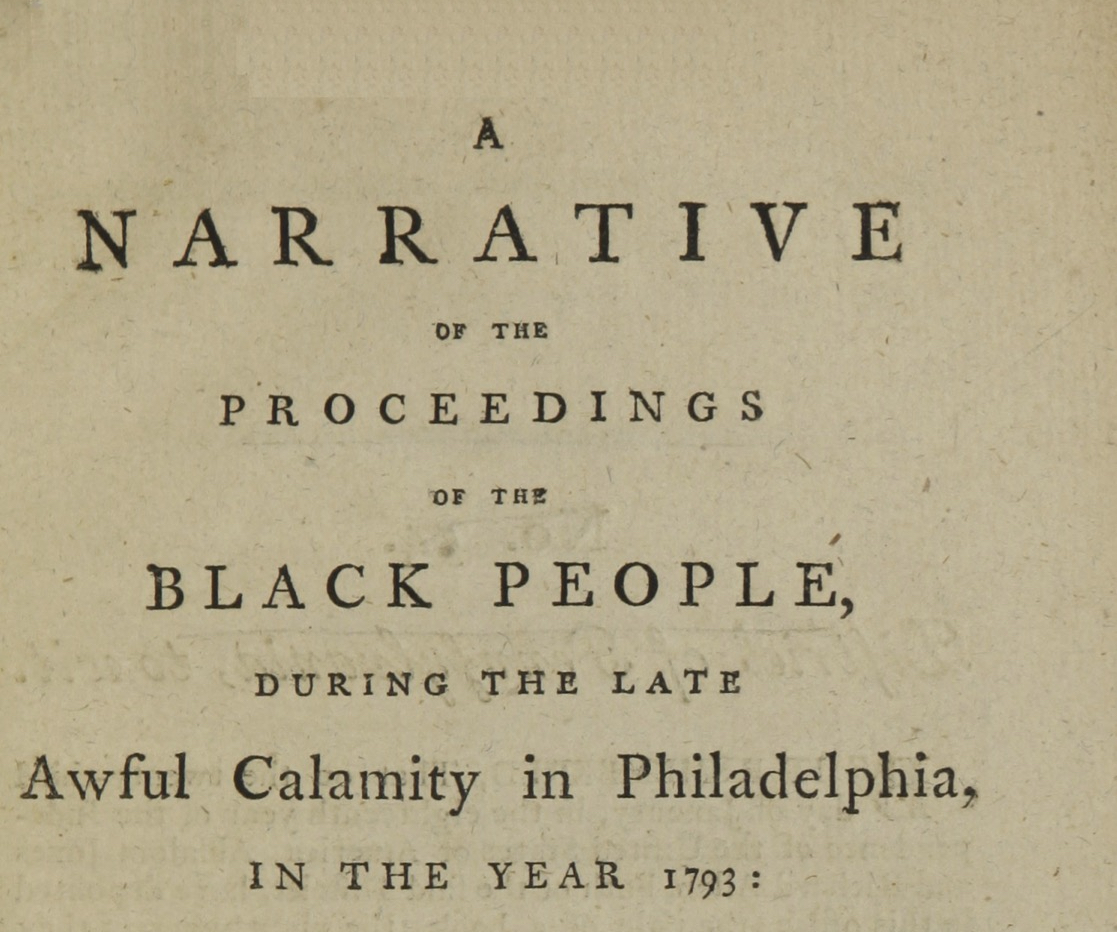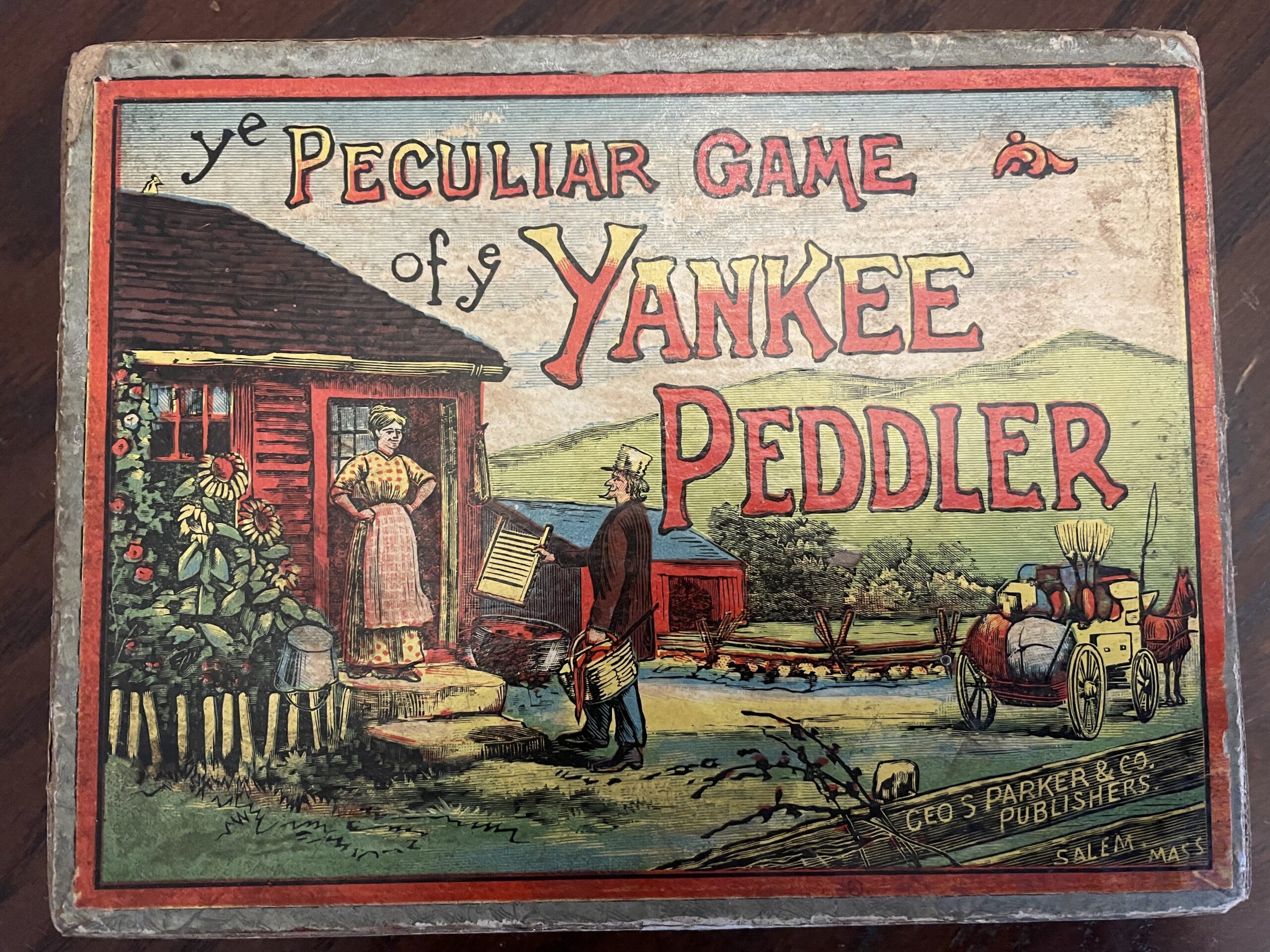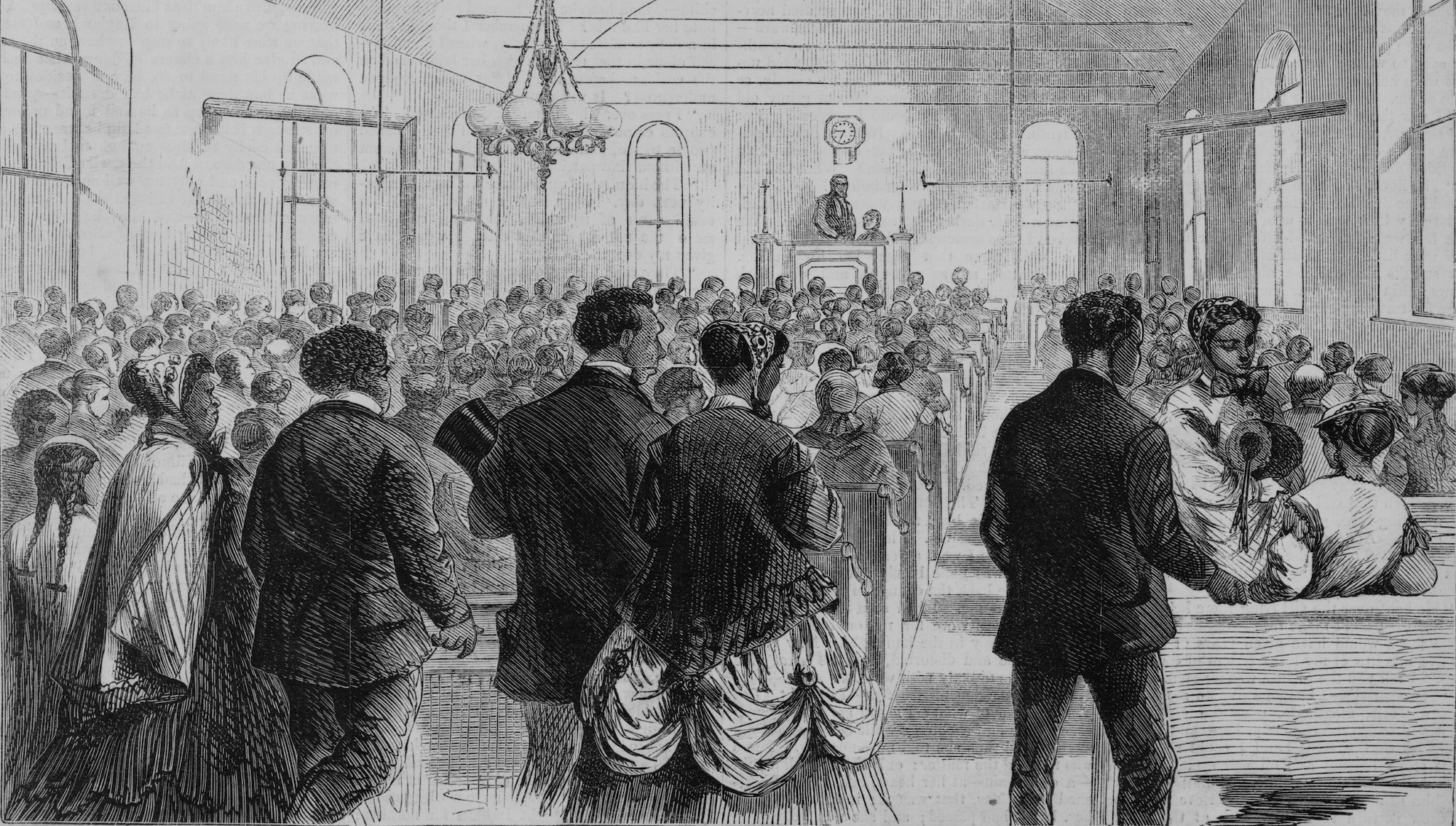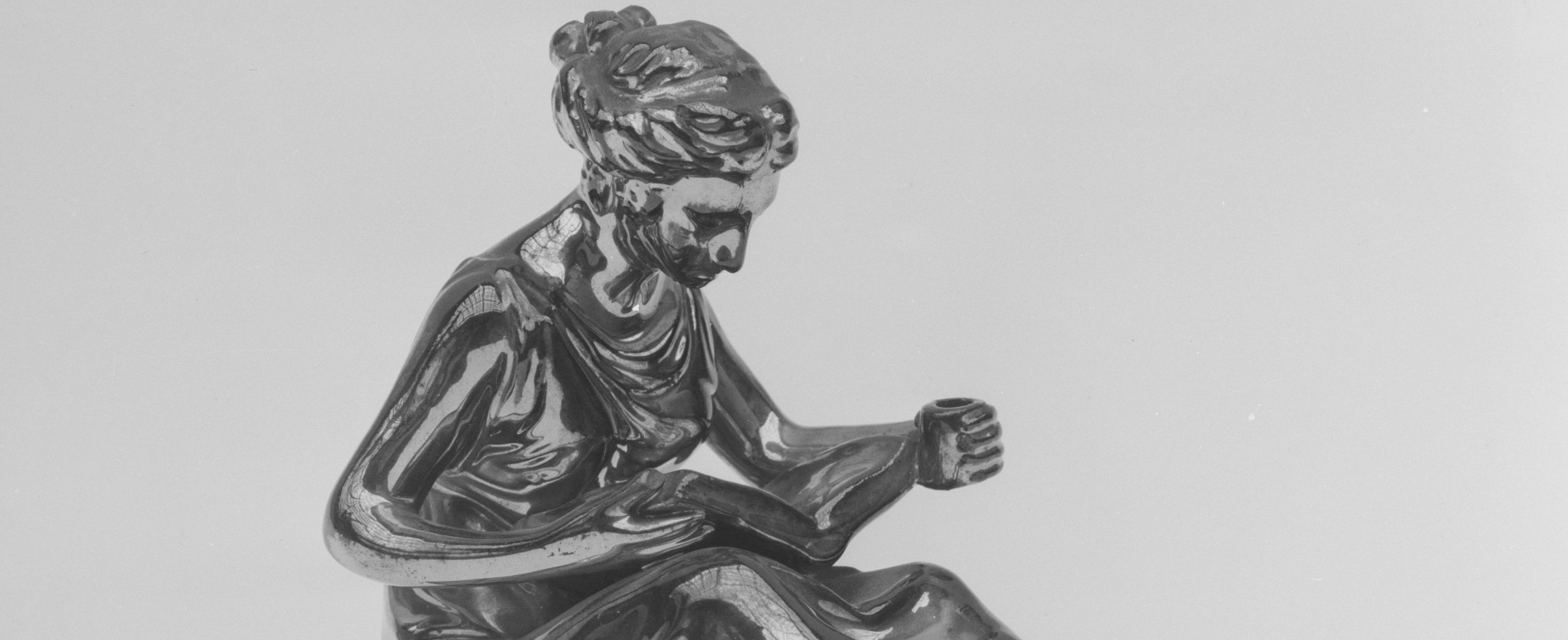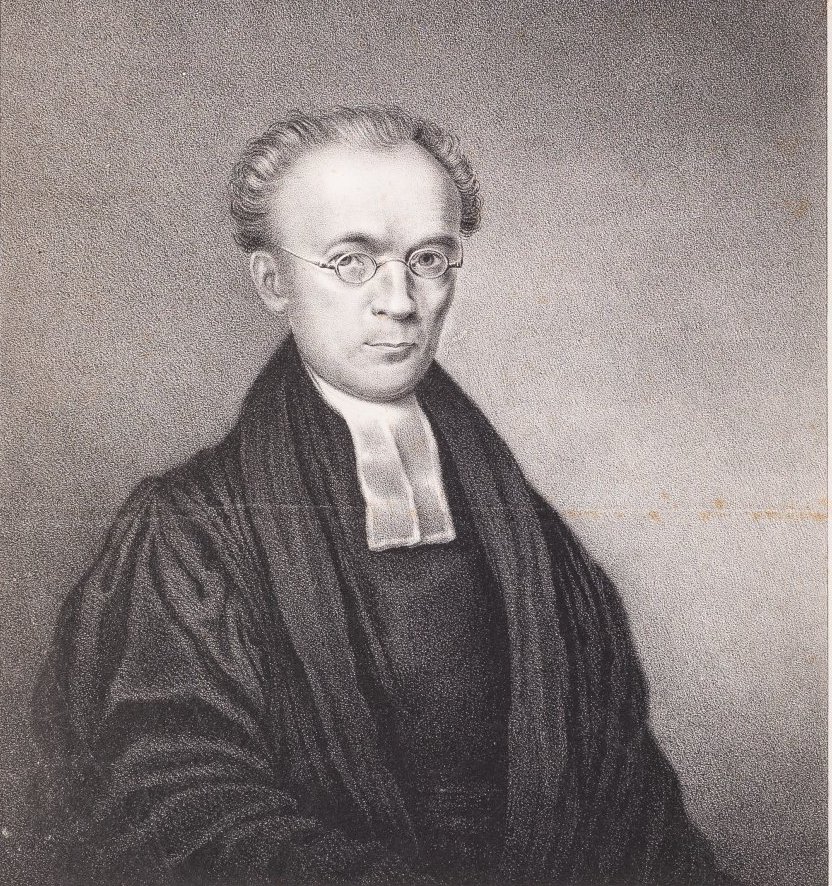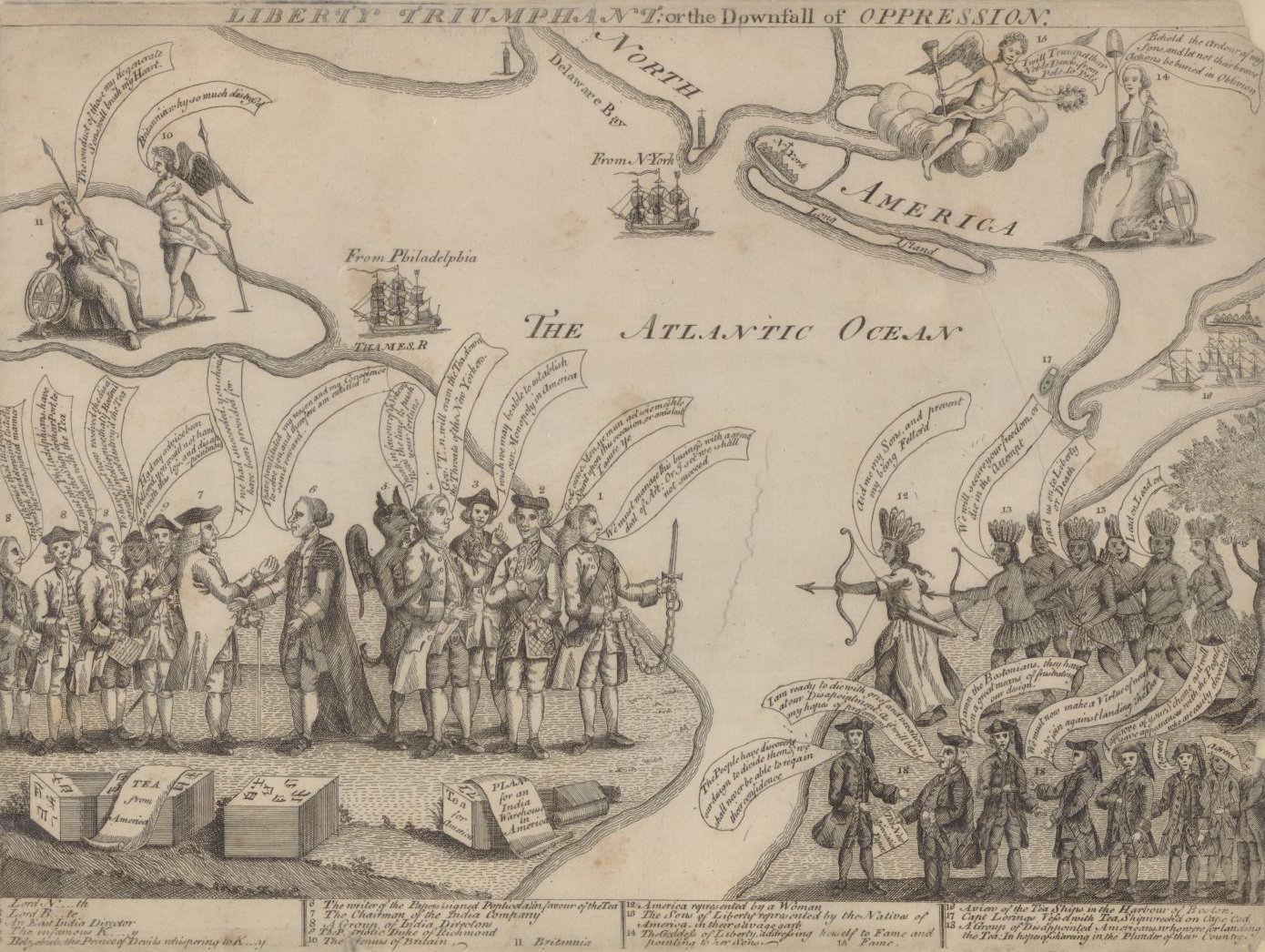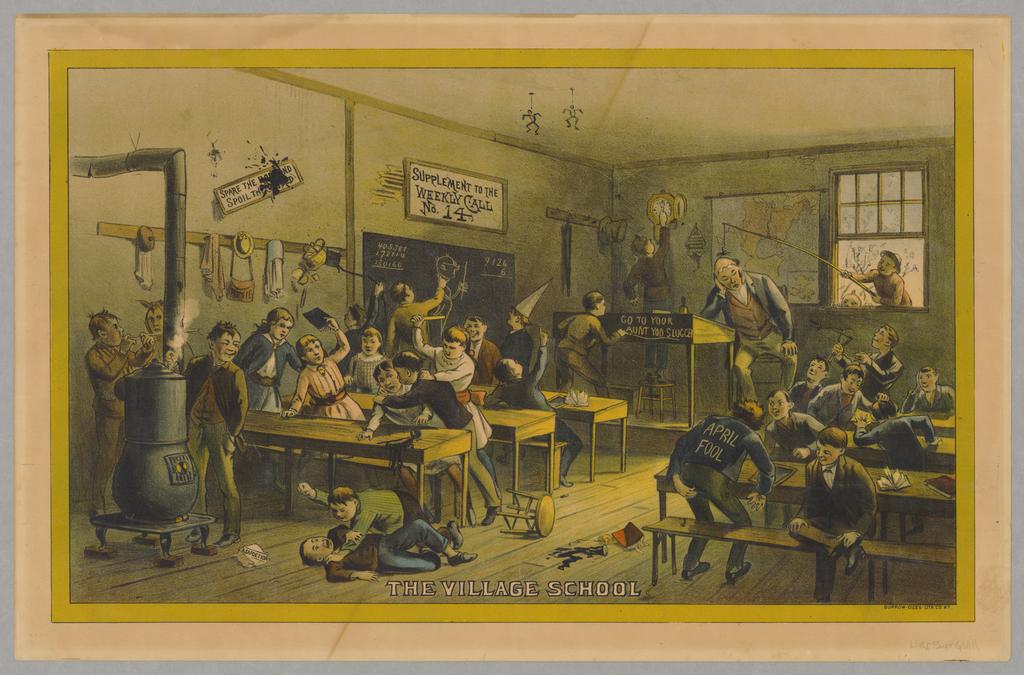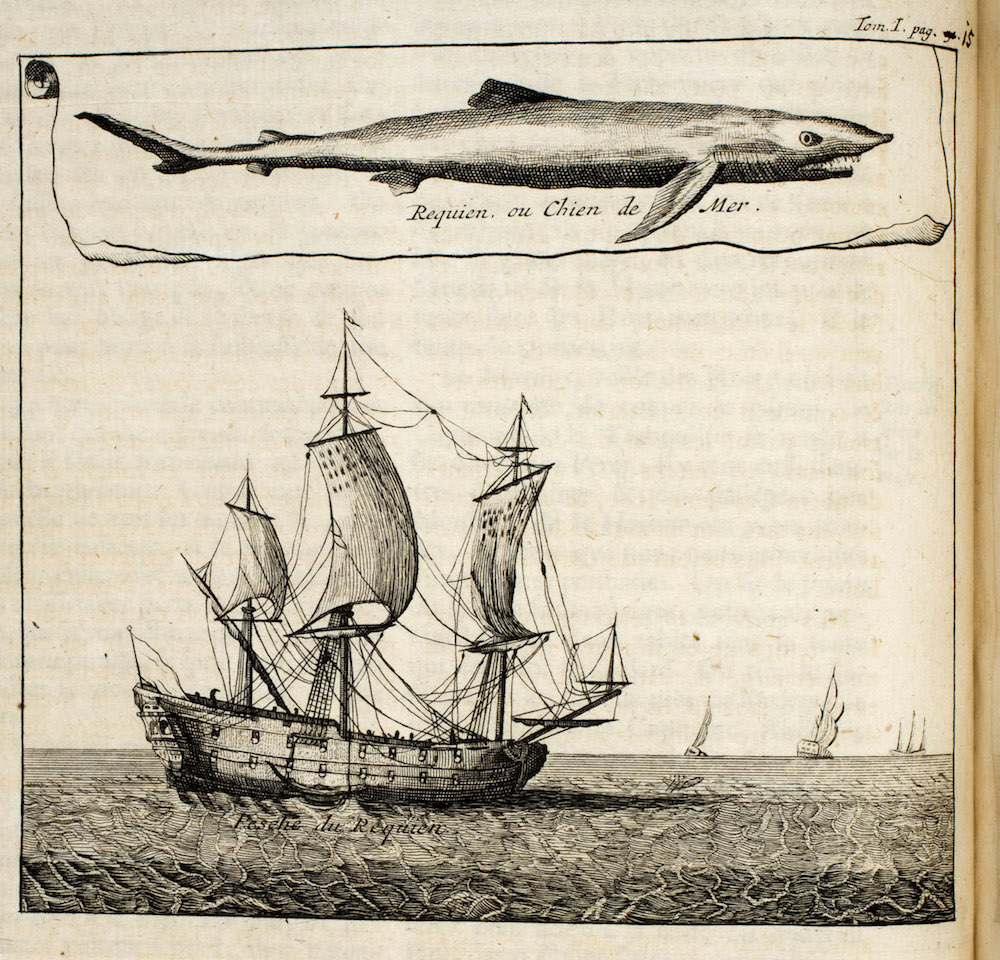Common-place asks author Lucia Stanton about her career at Monticello and book Those Who Labor for My Happiness: Slavery at Thomas Jefferson’s Monticello.
How did your years at Monticello—work that included yet extended beyond documentary research—shape your written work/scholarship, particularly the essays in Those Who Labor for My Happiness? Do you feel it provided you with a unique perspective on Jefferson? On slavery and the lives of enslaved men and women there?
Monticello was my daily destination for virtually my whole working life. Over four decades I was engaged in both documentary research and public programming related to Jefferson and his house and plantation. The very long process of co-editing Jefferson’s memorandum books, with Monticello curator and director James A. Bear Jr., drew me into Jefferson’s wide world and served as a kind of graduate school; hundreds of footnotes are the closest thing to a dissertation I will ever produce. For sixty years, Jefferson kept an unbroken record of the Spanish bits, French sous, and American dimes he doled out as he crisscrossed Europe and the United States. I followed him as he was ferried over the ice-bound Susquehanna, or caught speckled trout in Lake George, or browsed the bookstalls along the Seine. While tracking down where he went and what he bought—from waffles and fiddle strings to books and human beings, I learned about life in eighteenth- and early nineteenth-century America, as well as about Jefferson’s calamitous belief that a meticulous record of daily expenditures would preserve order in his finances.
I could have happily continued as a historical dilettante and master of annotation except for the fact that 1993 was the 250th anniversary of Jefferson’s birth. Daniel P. Jordan, then Monticello’s director, rallied the staff to develop a broad array of new programs for the commemorative year. Many staff members recognized that we needed to do much more to show visitors that Jefferson did not live alone on his mountain and that Monticello was more than an imaginary plantation. Out of our discussions came four major programs for 1993: the creation of an advisory committee on African-American interpretation; an outdoor “Plantation Community” tour focusing on the African Americans who had lived and worked at Monticello; a series of weekends when the mountaintop was enlivened by costumed interpreters demonstrating the trades practiced by enslaved workers; and an oral history project involving descendants of Monticello’s African-American families.
So in 1992, when my responsibilities for running Monticello’s Research Department allowed, I abandoned favorite research topics to turn exclusively to mining the bottomless Jefferson archive for information about the enslaved community and Jefferson’s treatment of it. I also participated in a variety of program planning meetings, including what came to be called the Line Release committee. As part of this effort to spare Monticello visitors exposure to heat and rain, I spent hours queuing for shuttle buses and for admission to the house, and listening to what visitors said to each other.
In the midst of all these preliminaries came a call for an essay on Jefferson as a slaveholder from Peter Onuf, Thomas Jefferson Memorial Foundation Professor of history at the University of Virginia. He was engineering a conference, called “Jeffersonian Legacies,” and editing a collection of its papers. Thus challenged to make my first appearance in print, I sought a bolt-hole far from Jefferson’s mountaintop. Generous friends offered a cabin on their sheep farm in the mountains of western Virginia. No phone, no people, and no plumbing, a border collie my only companion. I have absolutely no memory of that summer week, except for a recurrent vision of a banker’s box of file folders at my feet as I tapped away at an ancient Smith-Corona all day and much of the night. Wrestling with the contents of that file box resulted in the first of eleven essays brought together in this collection.
In the first section of the book, Jefferson is the central focus and presiding presence. How did he control behavior, work routines, and marriage choices? How did he respond to British critics of the institution of slavery? How did he incorporate humanitarian principles of the post-Revolutionary era into his management methods while still failing to recognize the full humanity of his slaves? In the central section, anchored by a long biographical essay on six Monticello families, the focus shifts to the enslaved people. The final section focuses on their descendants in the nearly two centuries since their ancestors left Monticello. Although the ordering of the essays suggests a perspective that evolved over time, the transfer of emphasis from Jefferson to his slaves began in 1993. As we developed the content of the new outdoor tour, we tried to prevent his voice from drowning out the voices of the almost four hundred men, women, and children who lived in slavery on the 5,000-acre Monticello plantation during his lifetime. His nearly 20,000 surviving letters swamp their baker’s dozen. Furthermore, in his writings Jefferson inflated his own agency, sometimes with the breezy use of the personal pronoun (“I work myself upwards of 100 spindles,” he said in connection with his textile shop). And the accounts of Monticello visitors obscured the enslaved with the passive voice (“toddy was brought” and “fires were lighted”). Jefferson’s Farm Book and letters provide names, ages, locations, and occupations but are virtually silent on emotions, values, and even talents, since most of the references to enslaved people deal with negative events like unsatisfactory work, punishment, illness, or death. The slaves’ labor, not their lives, is invariably the issue. The human dimension is almost entirely missing from the Jefferson archive.
The attempt to restore this dimension took two main paths. One led to a project to recover African-American voices through interviews with descendants (see below). The other continued the same kind of fact-gathering that Monticello researchers had done for decades. Working at a historic site rather than a college or university, we were less concerned with advancing striking new theories or engaging in historiographical debates than with developing interpretive programs and restoration projects. Whether our field was Monticello’s architecture, horticulture, decorative arts, or daily life, we went about our Baconian tasks, assembling relevant primary evidence (most of it unpublished) and giving it a forensic going-over. Jim Bear was an important model to me of careful scholarship, lively curiosity, and a humane interest in every man, woman, and child at Monticello in Jefferson’s day.
What I gained from my associates fit with my love of data and a natural inclination to show, rather than tell, which the available records conspired to encourage. Aside from his letters, which were often carefully crafted with an eye toward history, Jefferson’s records are almost all of the daily detail variety. One set is, alas, the nearest thing to a diary he kept. For fifty years he recorded twice-daily thermometer readings along with occasional flashes of phenology to pin down the march of the seasons—”willow leafing,” “martins appear,” “frogs sing.” The dry entries of this weather journal and his Farm, Garden, and Memorandum Books consist of payments, lists, calculations, and measurements, occasionally embellished with a sketch (the horse Assaragoa’s brand, for instance) or an epigram or a grumbling remark about an exorbitant bill. When these minutiae are brought together, however, they begin to add color and form to an indistinct landscape.
Jefferson is the organizing spirit of a web of connections that endlessly entice the researcher and lead to continual illumination as well as further uncertainty. Although he never wrote any kind of tribute to George Granger, phrases such as “George says” or “George knows” or “concluded with George to” help to reveal the remarkable knowledge and character of the only enslaved man to serve him as overseer. Fragmentary references assembled in chronological order bring a towering figure out of the mist, as well as the contours of a story of life at Monticello that George Granger himself might have told. The casual remark of Jefferson’s son-in-law that tobacco was Granger’s “favorite crop” evokes a man anxiously scanning the western sky for portents of the rain needed for transplanting or stretching a tobacco leaf over his knuckles to determine if the crop was ready for stripping. In Jefferson’s request for seed of the Canada lily that “George found for me in the woods” we can see a man walking the slopes of Monticello with an observant eye and an appreciation of the natural world. Late in life, Granger was given the challenging twin commissions of making a productive crop for his master and disciplining his own community and family members. Entries in several different records show that on the first day of November 1799, Jefferson consulted his overseer about the expected cider yield of a bushel of apples, and on the second day Granger was dead at the age of sixty-nine. Also, mysteriously, a fifteen-year-old nailmaker, Ben Hix, died on the very same day.
The topic and theme of “family” runs through this book. Why is it (and, along with it, gender, generation, and genealogy) so essential to understanding slavery at Monticello?
The family focus of my work was a natural outcome of developing tours that would, as historian James O. Horton says,”put a human face on slavery.” But it was certainly magnified by the Getting Word oral history project, a life-changing experience for me. Over the last twenty years my colleague Dianne Swann-Wright and I, often with our Ohio consultant Beverly Gray, have interviewed over 180 people, most of them descendants of more than a dozen enslaved Monticello families. In post-interview discussions around Bev Gray’s kitchen table or in dingy motels with a view of the freeway, we marveled at the number of families divided by the color line and argued about what really happened between Thomas Jefferson and Sally Hemings. I was drawn out of a cultural cul-de-sac and pressed to think much harder about the central issue of race.
Documentary research pursued along with the interviews revealed extraordinary families, as well as individuals. Jefferson’s records show only that Peter Fossett was born in 1815, the son of Joseph and Edith Fossett, head blacksmith and head cook at Monticello. Fossett told his own story in an interview for the largest newspaper in the country in 1898, an account that lay neglected for a century. Then a renowned Baptist minister in Ohio, he related how, at the age of eleven, he was sold on the auction block after Jefferson’s death. His parents and some of his siblings moved to Cincinnati while he was still enslaved in Virginia: “I wanted to be with them and be free, so I resolved to get free or die in the attempt.” He twice tried to run away and finally, in 1850, gained his freedom with the aid of family members. The recent explosion of online historical resources produced an extraordinary bounty of data that routed many of our assumptions but validated some of our hunches. In the case of the Fossetts, online censuses, newspapers, historic maps, and city directories made it possible to know that Joseph and Edith Fossett, who left Virginia in the late 1830s, succeeded in purchasing or otherwise freeing at least eight of their children, all of whom lived close to their parents in Cincinnati, either in the same household, or next door, or around the corner.
In generation after generation of Monticello’s African-American families we found consistent ideals and values, often expressed in ways that made headlines. The Fossetts, for example, worked in the Underground Railroad, served in the Union Army in the Civil War, confronted American presidents about segregation in the Jim Crow period (the prominent activist William Monroe Trotter was a Fossett descendant), and went to jail in the civil rights era. Learning about families over generations shed light back into the shadows of slavery at Monticello and helped to fill in the wide spaces left by Jefferson’s one-sided records.
Always at the back of my mind was what one African-American visitor said to me as we stood on Mulberry Row, lined with grass verges instead of the cabins and shops where enslaved families had lived, worked, played, and prayed: “We were just erased.” In the absence of reconstructed buildings, our hopes centered on the new tour along the empty plantation street, which quickly exposed the many challenges of telling the story of slavery at Monticello. Guides had to lead groups of up to a hundred people on broiling summer days. The African-American college students who gave some of the tours confronted inappropriate remarks like, “Are you our slave for the day?” All the visitors came armed with preconceptions. Many white people wanted to hear that Jefferson was a “good master” who would have freed his slaves if he could have. Some black visitors viewed slavery through a lens dominated by whips and rape. Many of both races said they would have run away or rebelled if they had been a slave. And the same story could elicit totally different interpretations. When a guide spoke of the garden plots where Monticello’s enslaved families raised an assortment of produce, some saw them as a sign of a kind and indulgent Jefferson allowing his slaves the time and place to supplement their diet. To others they reflected his severity in depriving them of enough food to sustain health. Both missed the point by seeing the situation in terms of Jefferson rather than of the enslaved people themselves. Over centuries, slaves throughout the South struggled to maintain one of their few customary rights, the right to cultivate their “own” garden plots in their “own” time. These provided not just a better diet but access to money, for Monticello’s families sold their surplus produce to the Jefferson household and elsewhere. Without minimizing the harshness of the institution of slavery, we wanted to tell a story not just of oppression, but of creative responses to oppression. Inside the restrictive circle of slavery, Monticello’s African Americans did more than just survive. They protected and nurtured their children, improved conditions for their families, and developed and transmitted skills and a rich culture. They resisted the institution in many more ways than just running away from it.
It’s difficult to ask about the relationship between Jefferson’s antislavery thinking and his beliefs about innate difference and inequality based on race without referencing the recent filmLincoln, which completely sidesteps the issue. You tend to see the two strains as contradictory or at least in tension, but others view them as entirely of a piece/consistent. How would you respond to that assessment?
Some readers of my work have confessed that they need to take frequent breaks from all the bad news—the slave auctions, the cruel overseers, the toiling children. I do, too. So I developed a sideline about Jefferson, American epitome of the Enlightenment. This is an optimistic, generous, and sometimes wonderfully eccentric Jefferson, “interrogating the sun, moon and stars,” watching a Hessian fly lay her eggs, or measuring the thickness of his bedding each night to assess the heat-conducting properties of fabrics and feathers. His lifetime of systematic observation was dedicated to unlocking the secrets of Nature in order to contribute to the improvement of the human condition.
These are consoling topics, but underneath them lurks the dark side of the Enlightenment. Jefferson’s belief in “the scale of beings” and his faith in the perfectibility of man placed men like himself at the top while down below were people of African descent—far behind on the route from barbarism to civilization. At the same time, he was every inch a Virginian, who chose to live by the rule of Virginia law and custom and was deeply tinged by anti-black views. The intensity of his commitment to end an institution he always considered inhumane and unjust was diluted by his Enlightenment trust in progress and his indelible racism. A single session with Jefferson’s writings can cause a present-day reader to cringe or cheer by turns. There is his casual reference to feeding “every animal on my farm except my negroes,” but on another page he tries to find a way to bring an enslaved woman nearer to her “abroad” husband. He recoiled at the sight of European women performing heavy labor and was unbothered by black women grubbing and plowing his own fields. Yet he also experimented with various (though not entirely successful) methods of introducing a measure of humanity into the slave management regime at Monticello in pursuit of a dual and perhaps dubious ideal—a plantation that was both humane and productive.
Jefferson’s actions as a slaveholder were always inflected by the double identity of a slave as human being and property. His effort to unite the couple with the “abroad” marriage was made in connection with the sale of the wife and her children. All his references to uniting couples or treating his slaves well or minimizing use of the whip were qualified by considerations of profit and productivity. Because of his remarkable skills of denial and rationalization and his faith in the “law of nature” that equated self-interest and moral duty (“providence has made our interests & our duties coincide perfectly”), he has projected an image of himself that can look like a hypocrite or a man of contradictions or a tortured soul. I’m not sure I agree. The English author Harriet Martineau captured the “hardening of mind and manner” among southern slaveholders in 1835: “A magic ring seems drawn round those who live amidst slavery [which] gives a circular character to all they think and say and do.” Jefferson’s “magic ring” was a mental Newtonian universe he created for himself, inside which he could tinker with its moving parts and strive for efficiency and “equilibrio” in the belief that all would come right in the end. He is both the man who had “scruples” about selling slaves and who sold over a hundred men, women, and children in his lifetime. He wrote with feeling about bonds of family, and separated children under twelve from their parents (by gift, not by sale). He was an eloquent advocate for equality who closed his imagination to half the people in his state.
There are obvious pitfalls in the kind of microhistory I’ve been talking about. We thank the man who hung on to every piece of paper from the draft of the Declaration to a bill for oats for his Paris stable. But the huge Jeffersonian archive can tempt us to ignore the broad social and economic context beyond the island of Monticello. We work in a rich microclimate that saps the urge to stray beyond it. And there are daily lessons in humility, as new facts keep overturning old conclusions. Even at one of the best-documented sites in the country, we can see only dimly into the distance; clairvoyance is impossible when we have access to only a fraction of the circumstances that affect actions and choices. How can I possibly claim to know why Jefferson did not educate his own enslaved children or why George Granger failed to pack his tobacco crop in 1798 or whether Edith Fossett helped her brother Thruston Hern to run away to Washington in 1817? Even a deep familiarity with a single historic site doesn’t end in any kind of absolute understanding. It leads instead to perpetual inquiry.
The final essay in Those Who Labor for My Happinessconsiders one result of carrying the quest for information far beyond the time and place of Jefferson’s Monticello. For the Getting Word project, Dianne and I interviewed eighty descendants of three daughters of Elizabeth (Betty) Hemings and explored the lives of their ancestors between 1826 and the present. Each branch produced men and women who made monumental efforts to fulfill the promise of Jefferson’s Declaration. William Monroe Trotter and the cousins he probably never knew, Frederick Madison Roberts, and Coralie Franklin Cook were all prominent figures in the battle for racial justice at the very same moment in the early twentieth century. They and their Hemings kin convey the image of a family that is exceptional. There are undoubtedly others like it whose lives and achievements are still waiting to be brought to light.




